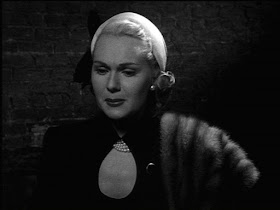 |
| Cheetah and girlfriend -- or is it the other way around? |
This week we look at some more movies featuring not just Tarzan, but other jungle adventurers such as Bomba and Jungle Jim. We've got several Johnny Weissmuller Tarzan films, as well as some with Lex Barker, Gordon Scott, and Mike Henry playing the role. When Johnny Weissmuller andd Johnny Sheffield, who played Boy, got too old for their roles, they each got their own series, Jungle Jim (with Weissmuller) for Columbia and Bomba, the Jungle Boy (with Sheffield) for Monogram. These comparatively cheap series ran concurrently with the Lex Barker and Jock Mahoney Tarzan's, and there were quite a few entries in each series.
Weissmuller's interpretation of the role did not especially match the character as originally described in Edgar Rice Burroughs Tarzan of the Apes. Gradually, the character began to display the intelligence and sophistication that went along with Tarzan's undeniable savagery. After awhile, the more savage aspects of the character were pretty much dropped altogether.
As for the Tarzan series, which had a great many installments, it wasn't long before Cheetah (or Cheeta or Cheta), whose sex kept changing, became the true star of the series, especially in the later Weissmuller features.
NOTE: As I've done a double-load of posts this week, Great Old Movies may take a vacation along with me next week.
































